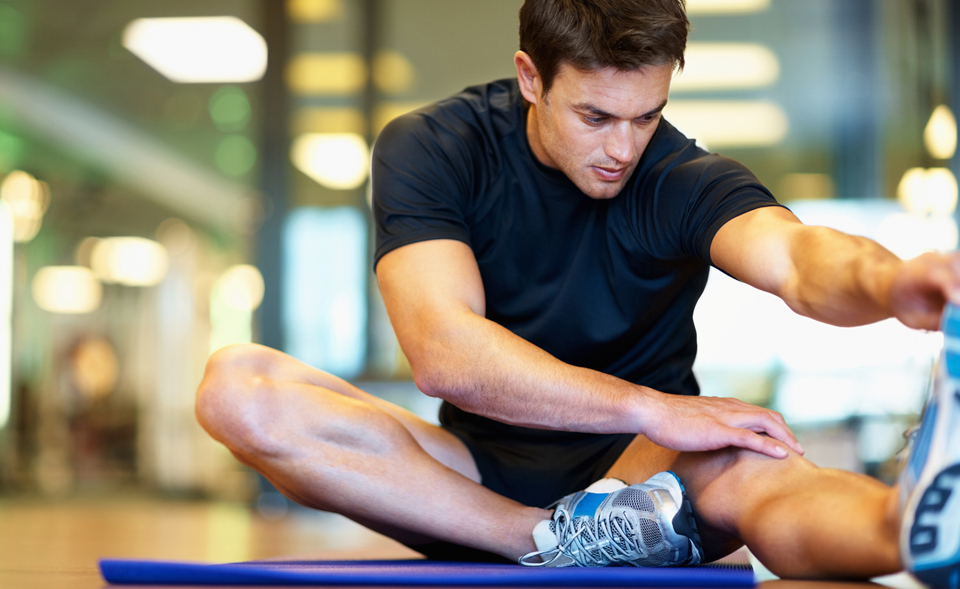Muscle recovery after exercise
The human body is a self-sustaining and self-healing system. There is a certain equilibrium point at which the flow of all processes inside the body is carried out at the usual pace. This phenomenon has its own name – homeostasis, that is, a state of rest. During active sports, the human body has to apply to all reserves to ensure a normal and stable state during training. After some time, the body restores reserves spent on exercise.
Two important components of any workout are rest and recovery, since appearance and sports results depend on them. Many people neglect the recovery process after exercise. Ignoring this important step will lead to the risk of injury and severe muscle pain. In addition, the lack of a recovery process contributes to a lack of energy and, therefore, motivation. It depends on the further quality and effectiveness of training. In order to avoid regression, it is necessary to adhere to some rules relating to recovery.
What are the recovery steps?

1) Fast recovery after exercise
This stage ends approximately 30 minutes after the exercise. The body begins to engage in the consumption of accumulated substances to return to the usual state. During training, he runs out of all reserves, so he can not do without glucose and minerals to restore energy reserves. This is the quick muscle recovery.
2) Slow recovery
At this stage, the work of the body’s systems is aimed at restoring damaged cells and tissues, since strength training promotes the appearance of microtraumas of muscle fibers. The peculiarity of this stage is the start of protein synthesis. It is necessary to achieve the receipt of the required amount of amino acids from food. The duration of the phase is a few days after training.
3) Supercompensation
This stage begins on the second or third day after class in the hall. Supercompensation manifests itself after a workout “to failure” (when working with large weights). The body can not do without amino acids and carbohydrates to build the right amount of muscle and energy reserves. Practice next time exclusively at this stage to make progress. When supercompensation comes to an end, the body becomes strong and prepared for heavy loads.
4) Delayed recovery
The stage begins immediately after supercompensation in case of skipping a workout. Therefore, it is recommended to follow the schedule. Each canceled hike in the hall leads to a slowdown in progress.
The main methods of muscle recovery

1) Proper sleep.
From the duration of sleep after exercise depends on the intensity of recovery. Of particular importance is the observance of the regime. It is recommended to go to bed early and sleep for 8-9 hours, and to get up at the same time. Do not try to fall asleep immediately after exertion so that the body can recover (one hour will be enough). Take care of the continuity of sleep and create a comfortable environment.
2) Special diet
When energy is depleted due to exercise, think about proper nutrition to ensure normal tissue repair and preparation for subsequent exertion. It is advisable to have a meal within 30-60 minutes after the completion of the workout. The diet should contain high-quality proteins in a certain amount and complex carbohydrates. Why such a time span? The body will be able to quickly assimilate amino acids and carbohydrates.
3) Stretching
Before completing a grueling workout, try stretching exercises.
4) Compliance with the regime of water consumption
At the approaches try to stretch the fluid intake. A few sips after the set – enough. The flow of water is carried out gradually to avoid increased stress on the heart.
5) Time to rest
Rest will enable the muscles to return to normal at a natural pace. The recovery time of the muscles after exercise varies for each group. For example, biceps will take 48 hours. The pectoral muscles will recover within 3 days, and the muscles of the back or legs after 5 days. Of course, the indicated muscle recovery time is considered approximate, since the calculation is carried out individually. If you experience pain, then the recovery phase is still ongoing. If there is still no progress, it is recommended to extend the rest for 1-2 days.
6) Hike to massage
Massage of working muscles is recommended to be carried out before and after training, because it also depends on improving the quality of the load and accelerating the recovery period. Massage before performing physical exertion is designed to warm up the muscles, after exercise – to relax. In addition, massage improves well-being and blood circulation.
7) Conducting recovery training
This option is considered easy. It is necessary for acceleration of blood and lactic acid in tired muscles. For example, football, jogging or cycling are the restorative exercises.